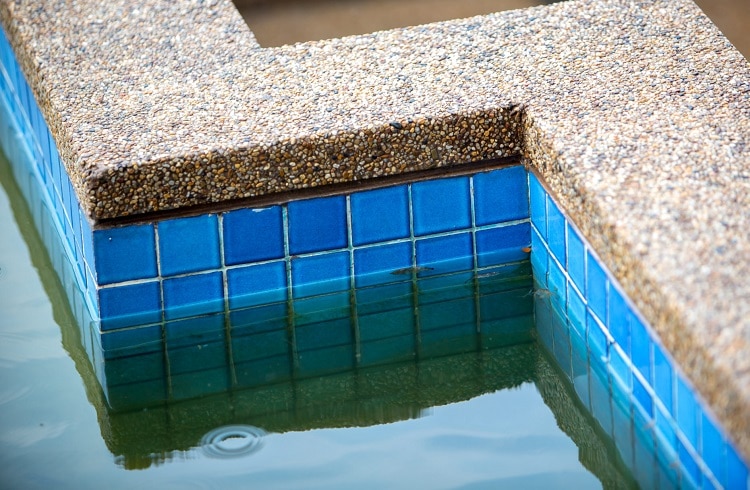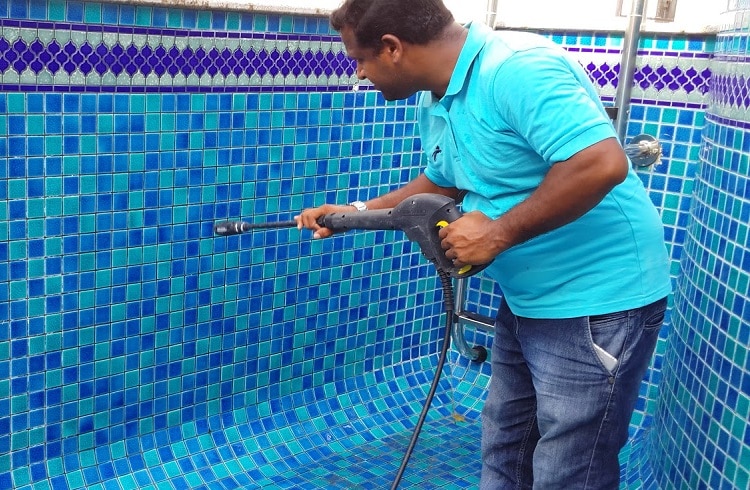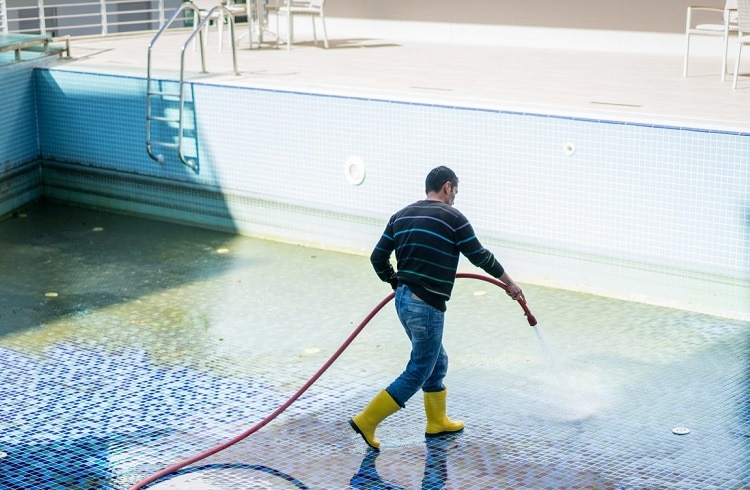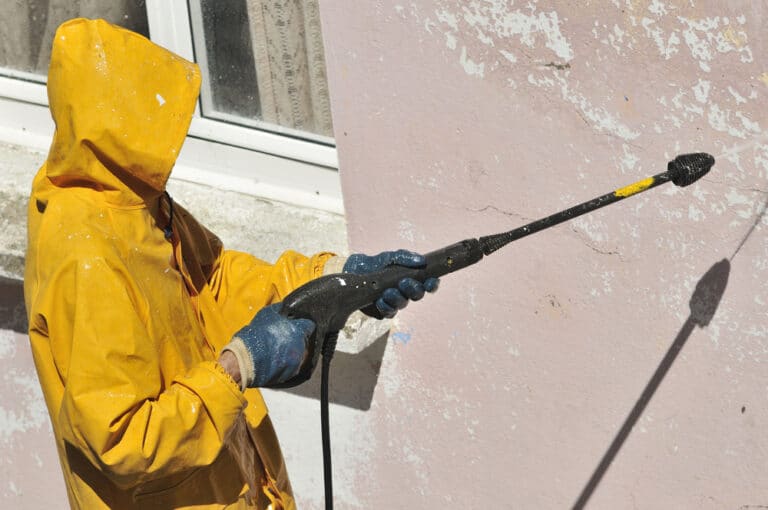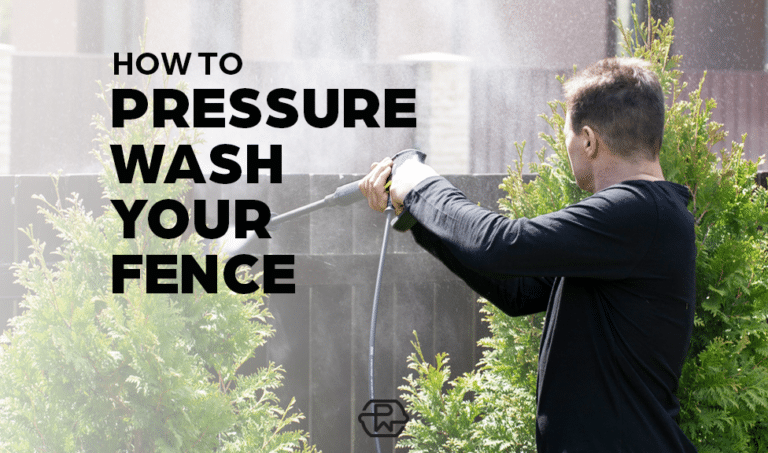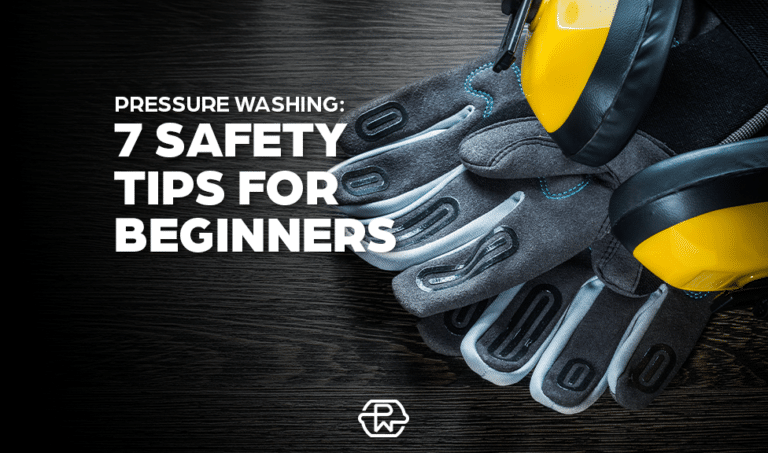How To Clean Pool Tiles With A Pressure Washer
Pressure washers are incredibly useful for quickly and effectively cleaning all kinds of surfaces, both in residential and commercial settings.
Some surfaces are not suitable for high powered pressure washing, while others benefit from a nice thorough high pressure clean. One of the surfaces that is often up for discussion when it comes to pressure washing jobs is swimming pools, and more specifically the pool tiles themselves.
Swimming pools will inevitably take on significant amounts of grime and mildew build ups, and as a result will need to be properly cleaned fairly often.
This ensures that they remain aesthetically pleasing for swimmers, and more importantly remain safe and free of harmful bacteria that could cause negative health effects. Giving your pool tiles a thorough cleaning will also provide a much less expensive alternative to replacing them.
Let’s discuss the important aspects regarding cleaning pool tiles with a pressure washer safely, effectively and efficiently.
Is It Safe To Clean Pool Tiles With A Pressure Washer
The most important factor, and one that should be addressed before we go any further, is whether or not it is possible to clean pool tiles with a pressure washer without causing any damage.
Pool tiles are typically made out of either ceramic or porcelain material, and if used improperly, a pressure washer can definitely cause damage to them.
In order to clean pool tiles properly and avoid causing damage, one of the most crucial factors is being sure to use a low pressure setting on your pressure washer.
This will help prevent potential cracking or chipping that a high pressure jet stream could cause. Most entry-level pressure washers will not be built with engines that allow their pressure to be adjusted on the unit.
However, you can still achieve this by choosing different types of nozzles that provide various levels of pressure, and these are made quite easy to interchange.
Start with a test spot to find the right pressure setting that allows you to effectively blast away any dirt, grime and algae, but does not cause any damage to the tiles.
Adjust your physical distance from the tiles while you spray. Getting too close will significantly raise your chances of causing damage to the tiles so be extra careful!
Be careful with the tile joints. Never stay spraying one spot for too long, it is important to be constantly moving in a nice steady pattern. You can always go back for a second round of cleaning!
How To Clean Pool Tiles Properly
Pool maintenance is an important part of ensuring your surfaces will last and keep that first day, shiny new look.
Here is a quick guide for how to clean pool tiles with a pressure washer.
Step One: Choose Your Pressure Washer
Steam pressure washers have been proven to be an effective choice for cleaning pool tiles, especially when you would like to steer clear of using detergents. Choose the pressure washer that best suits your needs and preferences.
Step Two: Clear The Pool Area
In order to ensure a quick and effective pool tile wash, it is important to clear the pool area of all items, equipment and any other debris that is in the way.
In many pools you will find pool tiles present in the top section at the lip as well. Be sure to drain your pool to expose those tiles so that they can be cleaned.
Step Three: Find The Right Pressure
As discussed previously, finding the right pressure setting that allows you to clean effectively but avoids damaging your pool tiles is imperative.
Start on a lower setting, or with a lower pressure nozzle, and test the jet stream on your tiles. If you notice that the dirt or grime is not coming off easily, try increasing the pressure until it does.
At the same time, be sure to watch closely for any damage or chipping, in which case you will need to lower the pressure. You can also adjust your spraying distance from the tile to help adjust the relative jet stream pressure. Find the sweet spot!
Step Four: Clean In Sections
Clean your pool tiles in strategic sections in order to keep track of your progress and ensure quality cleaning. Keep the sections small and manageable.
Spend more time and focus on sections that have clearly been affected by more calcium, algae or other mildew build up than others. Work your way methodically around the pool, and don’t forget the rows of pool tiles that are often present at the lip of the pool. Change your nozzle for tough stains or hard to reach spaces when necessary.
Step Five: Power Down
When you have finished cleaning, turn off your pressure washer and disconnect all of the attached parts (nozzle, wand etc..) Make sure to drain any residual water and pack your machine away. Voila, you are all done!
Safety Tips
Wear Protective Gear – Wear long pants and shirts as well as closed toed footwear. Wear safety goggles and working gloves, as well as ear protection when necessary.
Clear Your Work Space – Clear your work space of all potential tripping hazards and any other unnecessary items.
Keep Hands Clear – Keep your hands clear of the pressure washer’s jet stream. This can be dangerous when high pressure streams are in use.
Be Aware Of Machine Hazards – Whether you are using an electrical or gas powered pressure washer, be aware of the potential hazards associated with your machine.
Conclusion
Along with outdoor patios and decks, pool tiles are a common surface that pressure washing businesses are often hired to clean.
We have discussed some of the safety aspects involved with cleaning pool tiles, both in terms of avoiding tile damage, and the safety of the operators themselves. We have also provided a step-by-step guide for how to pressure wash pool tiles properly, from proper detergent choice to cleaning methods.
Business owners should take these strategies into consideration and prepare their employees to provide high quality pool tile cleaning services.

